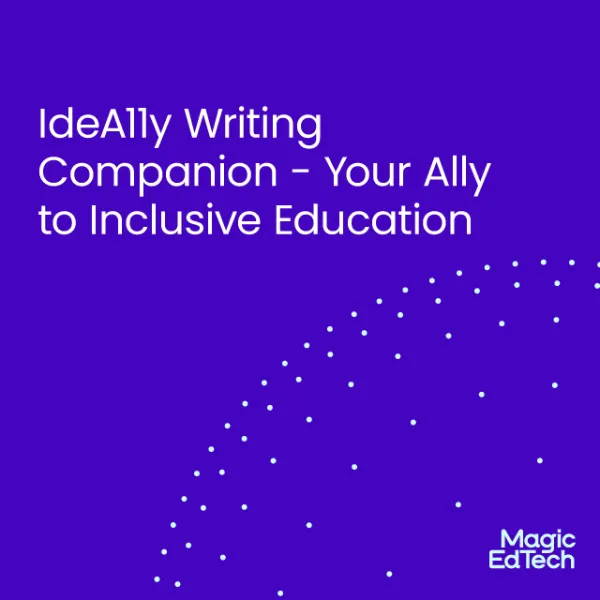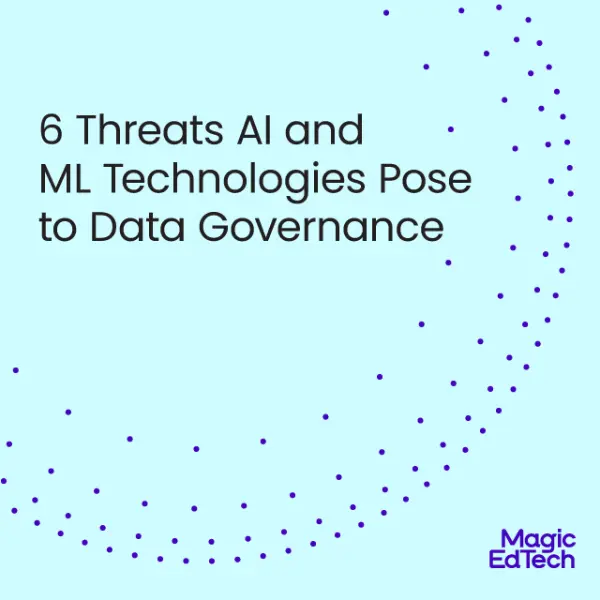How AI and Custom LLMs Propel Content Publishers Toward a Cognified Future
- 12 October, 2023
- Reading Time: 3 mins
In our rapidly evolving digital age, content reigns supreme. Publishers are a little skeptical that the partnership of Artificial Intelligence (AI) with content creation, distribution, and personalization has brought about transformative solutions. However, it’s essential to see what one is reading about as a challenge this AI-Publishing relationship introduces and identify the guardrails that can protect security and intellectual property.
The Digital Threatscape: Beyond IP Infringements
The integration of AI into the Content Publishing industry is being discussed posing unique challenges, particularly in safeguarding Intellectual Property (IP) rights and ensuring content authenticity. Many content editors and content producers equate the term “GPT” with AI in general and face difficulties such as maintaining content integrity, upholding IP rights, and combating AI-enhanced cyber threats. The widespread adoption of AI in publishing is hindered by concerns over issues like content piracy, unauthorized dissemination, and imitation, all of which can lead to potential revenue losses and a diminished sense of content originality.
Fortifying Content in the Age of AI
The blending of AI technologies with the world of publishing brings an array of benefits, but it also surfaces challenges that demand novel, sophisticated solutions. By fortifying content, publishers can confidently navigate this new landscape. Here’s a deeper dive into the strategies:
1. Robust Cloud Security: Our First Line of Defense
Modern publishing can rely on cloud infrastructure and make the content, and tools security paramount.
- Data Encryption: Encryption can turn the content into publisher-owned program data, decipherable only with the right keys. Advanced encryption techniques, such as AES 256-bit encryption, can offer publishers an extra layer of assurance.
- Access Control: Role-based access controls can be implemented, providing tiers of accessibility based on job functions. This will not only prevent unauthorized access but also minimize inadvertent leaks from internal teams.
- Backup and Recovery: Incorporating automated backup systems can ensure content is regularly stored in safe, secondary locations. Cloud providers often offer disaster recovery solutions that can be tailored to a publisher’s needs, ensuring rapid content restoration in the event of cyberattacks or technical glitches.
2. Custom LLM for Enhanced IP Safeguards:
LLMs or Large Language Models have transformed content creation. Rather than relying on just open public AI tools, implementing a Custom LLM, with your own identified models, helps to add an extra layer of protection.
- Training on IP Nuances: Custom LLMs can be trained on a publisher’s unique content, making the models aware of IP boundaries and ensuring that generated content adheres to these guidelines.
- Proactive Infringement Detection: Through continuous learning, these models can detect patterns signaling potential IP violations, offering a chance to intervene before actual infringements occur.
- Upholding Content Integrity: Custom LLMs can ensure that AI-generated content remains unique and distinct, reducing the chances of unintentional plagiarism or content overlap with other sources.
3. Vigilant Monitoring for Continuous Oversight:
In an AI-driven publishing world, being reactive is not enough; proactive monitoring is the key.
- Behavioral Analytics: By analyzing content distribution and consumption patterns, publishers can gain insights into how their content is being accessed and used. This can highlight unusual behaviors, suggesting potential unauthorized access.
- Anomaly Detection: Advanced AI tools can be employed to automatically detect and flag unusual content access or dissemination patterns, enabling swift corrective actions.
- AI-Generated Content Review: Regular audits of AI-generated content ensure it aligns with the publisher’s brand voice, ethos, and standards, minimizing deviations that might dilute brand identity.
With these fortified strategies, publishers can confidently and responsibly navigate the nexus of content and AI, ensuring their content remains genuine, impactful, and most importantly, secure.






